Hidden underneath a large house in Stone, Staffordshire is what remains of Stone Priory. It is a significant historical monument, embodying the complex interplay of legend and historical fact. The Priory's origins date back to around 670 AD, a period rich in English medieval history and folklore. It was dedicated to Saint Mary and Saint Wulfad, a figure deeply rooted in local legend.
Watch the video hereThTh

Saint Wulfad's Tale and King Wulfhere's Legacy
The narrative of Saint Wulfad, integral to the Priory's history, intertwines with the life of King Wulfhere of Mercia, who ruled from 658 until he died in 675. According to local legend, Wulfad and his brother Rufin were the sons of King Wulfhere. Wulfhere, originally a Pagan, converted to Christianity to marry the King of Kent's daughter and to keep his kingdom safe, only to revert to Paganism later.
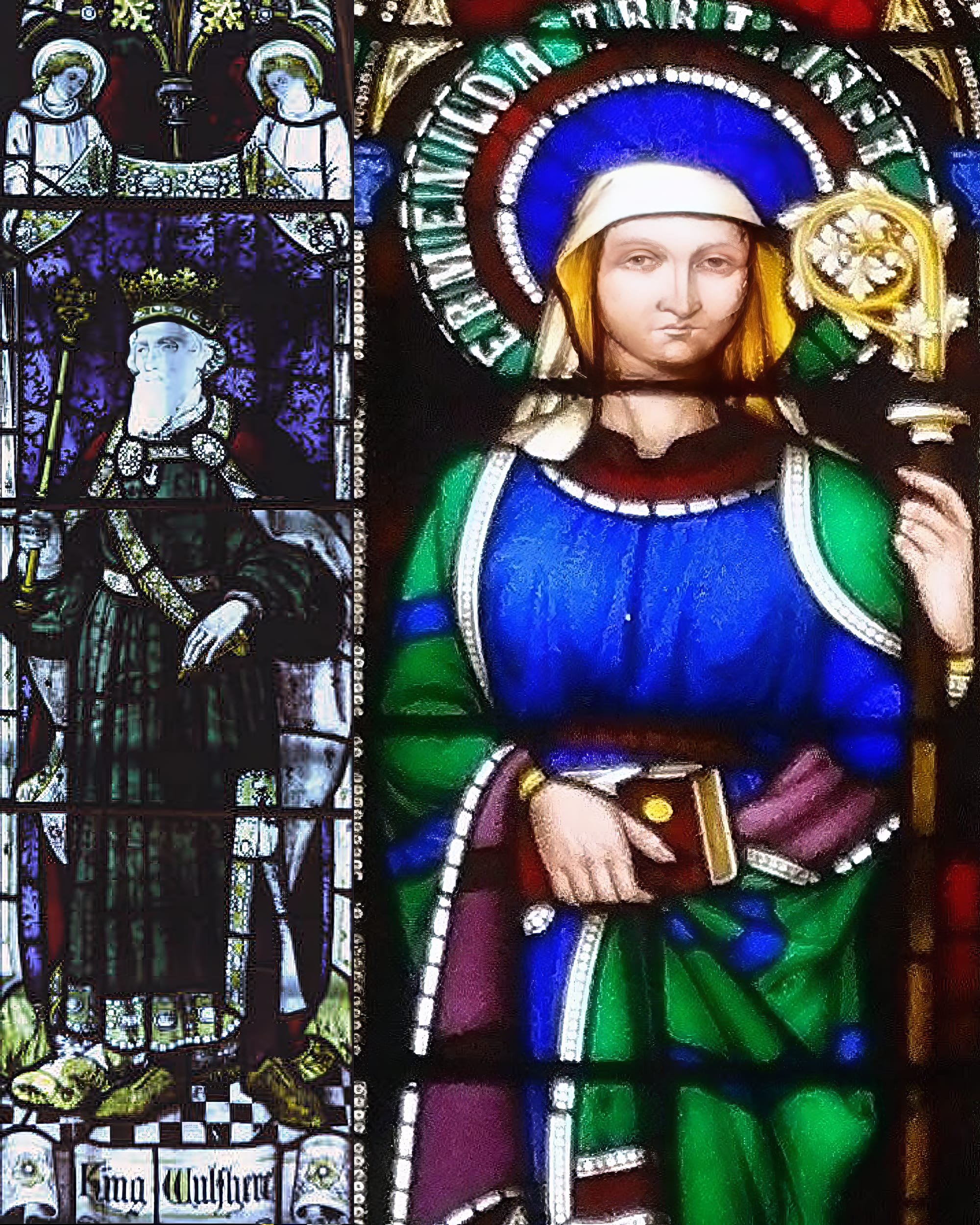
He insisted his sons do the same. During a hunt, the princes encountered a white stag leading them to St Chad's Church in Eccleshall, where Bishop Chad of Lichfield baptized them. Infuriated by their conversion, Wulfhere killed them with his sword. They were buried under stones, following Saxon tradition. Wulfhere later sought forgiveness from St Chad and this tragic event is believed to have compelled their mother, Queen Eormenhil, to establish a church in 670 at their burial site, marking it as a place of mourning and remembrance around which the town of Stone developed.
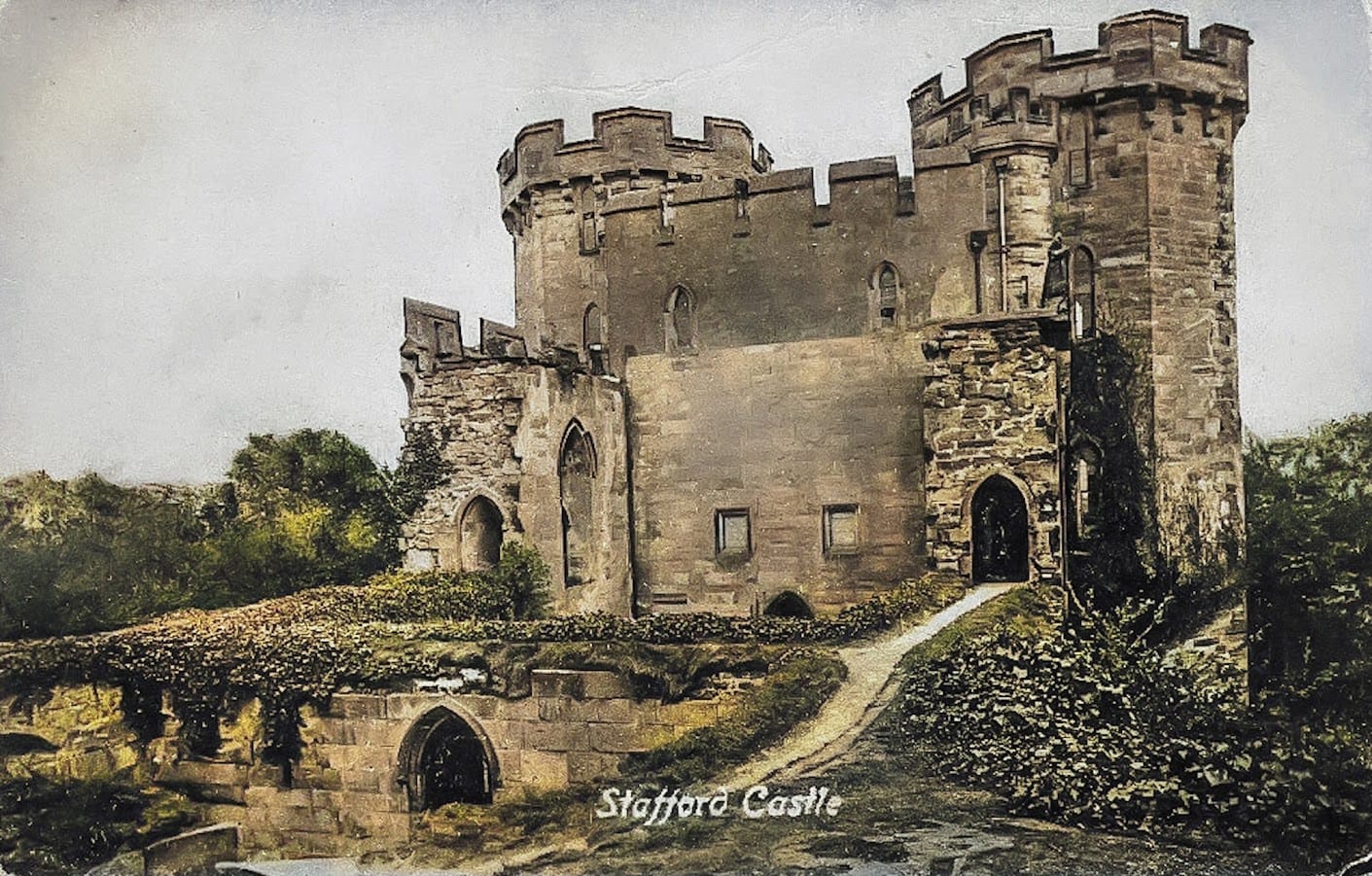
The Priory's Transformation Through Ages
Over the centuries, Stone Priory underwent significant transformations. Destroyed by Danish invaders in the 9th century, Stone Priory was rebuilt in the Middle Ages as an Augustinian priory by Robert de Stafford (c.1039–c.1100), an Anglo-Norman nobleman and the first feudal baron of Stafford who built the original wooden Stafford Castle in the 1070s. This re-founding marked a crucial turning point, elevating the Priory to a prominent religious centre. It also became the final resting place for many members of the Stafford family, including Earls of Stafford and Dukes of Buckingham, thus cementing its importance in the region's history.
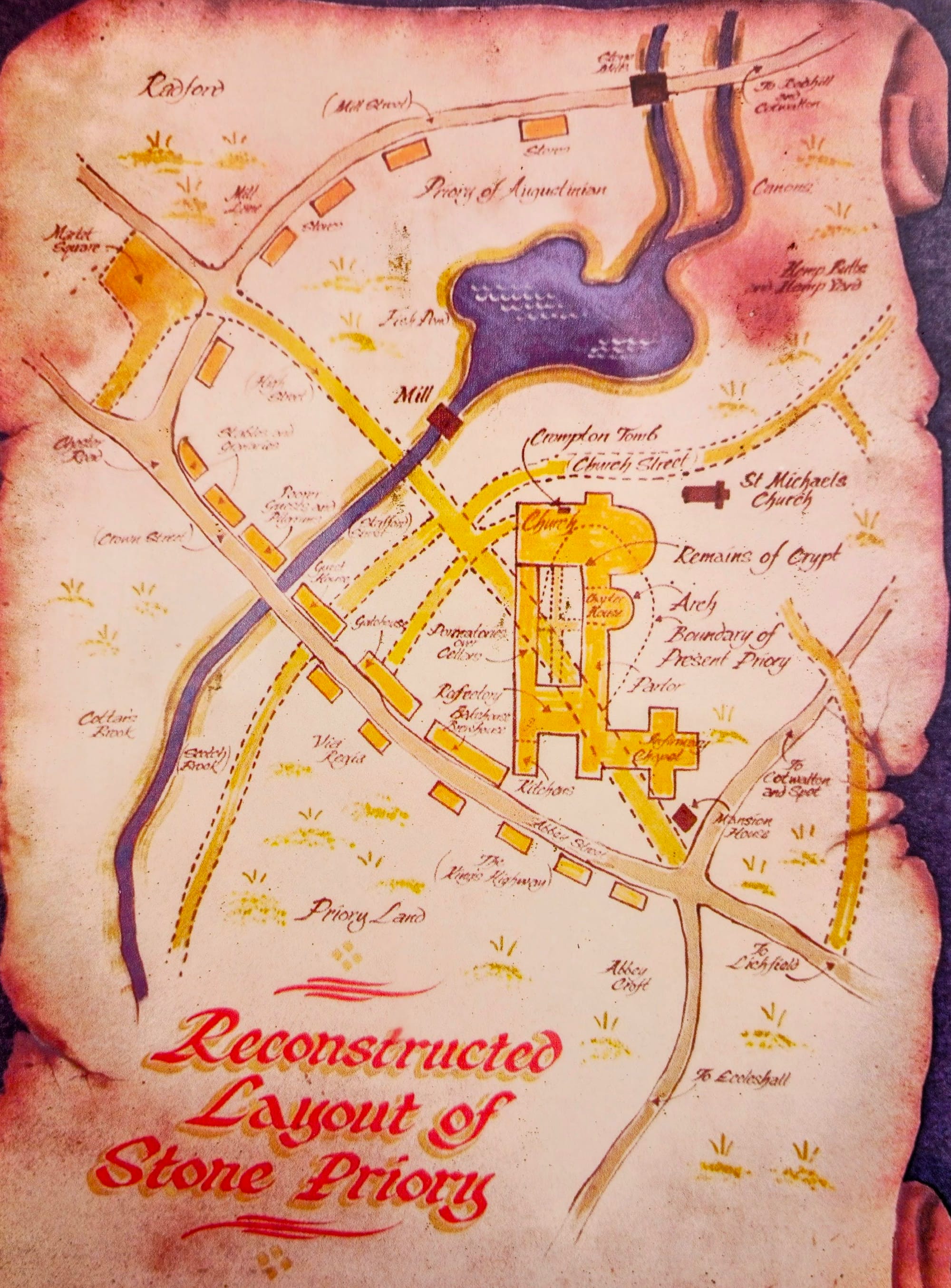
Medieval Prosperity and Royal Influence
By the 13th century, it was Staffordshire's wealthiest monastery. Flourishing with support from local nobility and the Crown, it expanded to own churches, pastures, fishponds, farms, a mill, and rights over Stafford lands. It also gained a royal charter for a market and fair rights. The market charter granted to Stone Priory by King Henry III on July 13th, 1251, significantly influenced the local community and economy. This charter legally permitted the establishment of a regular market in Stone, enhancing trade and commerce in the area. The market became a vital hub for the exchange of goods and services, fostering economic growth and community interaction. The Priory, through this charter, played a pivotal role in shaping Stone's social and economic landscape, extending its influence beyond its spiritual functions. This development underscored the Priory's importance in the region.
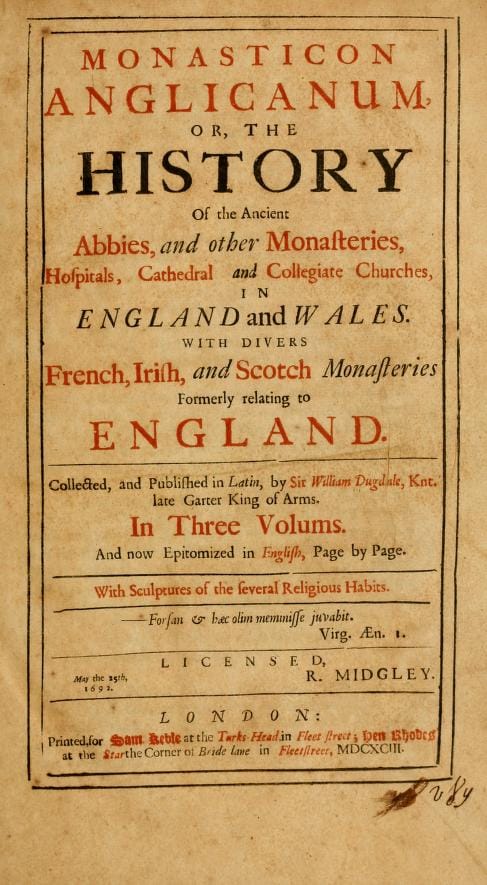
The 'Rimed Chronicle': A Glimpse into Medieval Life
The Priory's chronicles, particularly the mid-15th-century "Rimed Chronicle of Stone Priory," provide invaluable insights into its early history, patrons, and the burials of the Stafford family. The poem is from the mid-15th century, discovered inscribed on a tablet at Stone Priory in Staffordshire, England, during the 1537 Dissolution of the Monasteries. William Dugdale (1605–1686) transcribed and published it in his 1655 book "Monasticon Anglicanum. The chronicle begins with the family's patriarch, Robert de Stafford (c.1039–c.1100) and concludes with Edmund Stafford, the 5th Earl of Stafford (1378–1403), who died in the Battle of Shrewsbury. The chronicle focuses on the de Staffords as patrons of the priory, detailing their burials either at Stone Priory or elsewhere. Modern research, including works like Sanders' 1960 publication and "The Complete Peerage" from 1953, confirms the accuracy of the chronicle's account. There is no record of the tablet surviving, Many artefacts from monastic sites were lost, damaged, or dispersed during the Dissolution of the Monasteries under Henry VIII, so the original tablet may have suffered a similar fate. Many such historical artefacts either ended up in private collections, were repurposed, lost, or destroyed. Luckily, these later records, invaluable to historians, document events and patronages up until 1403.
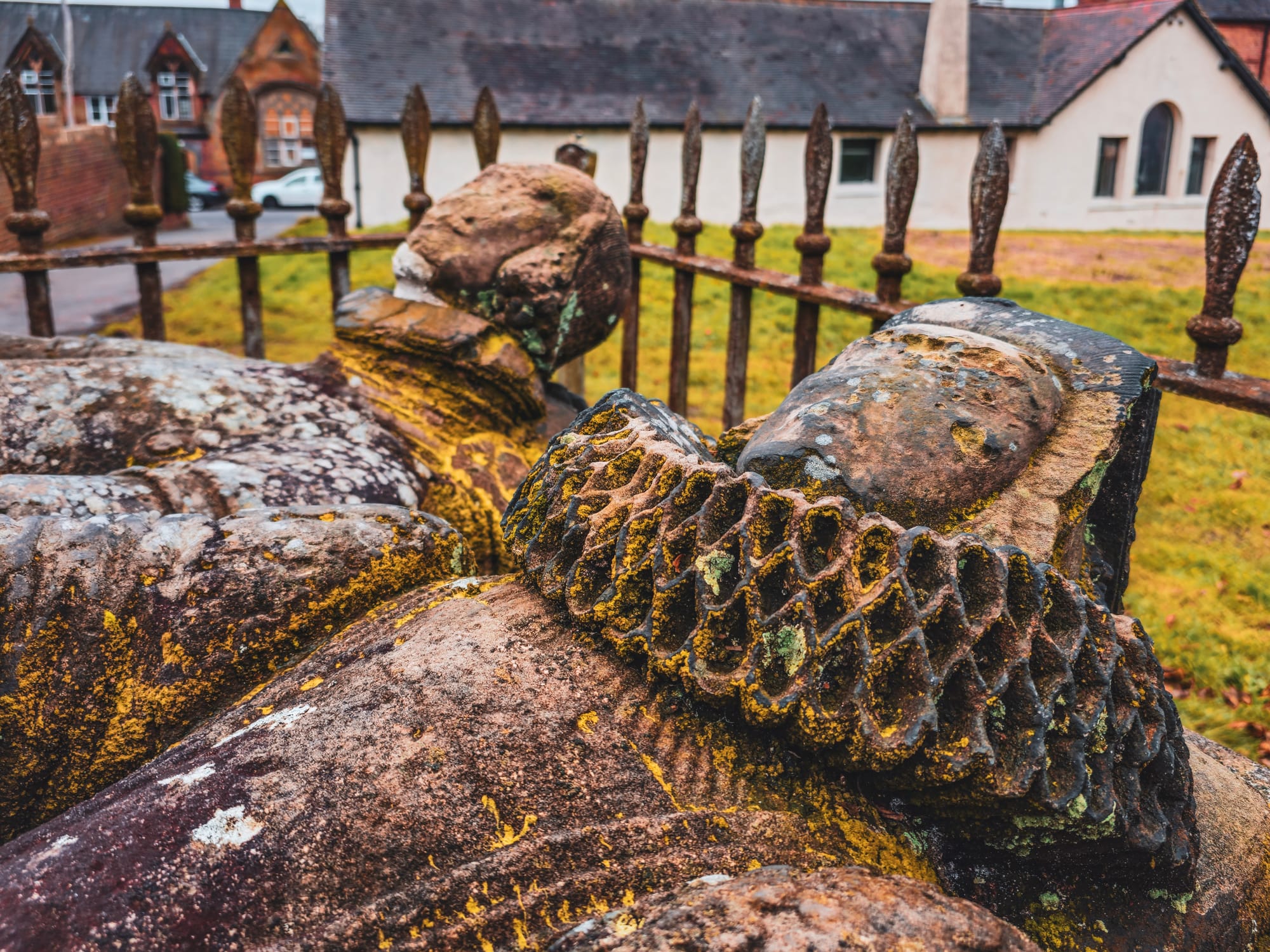
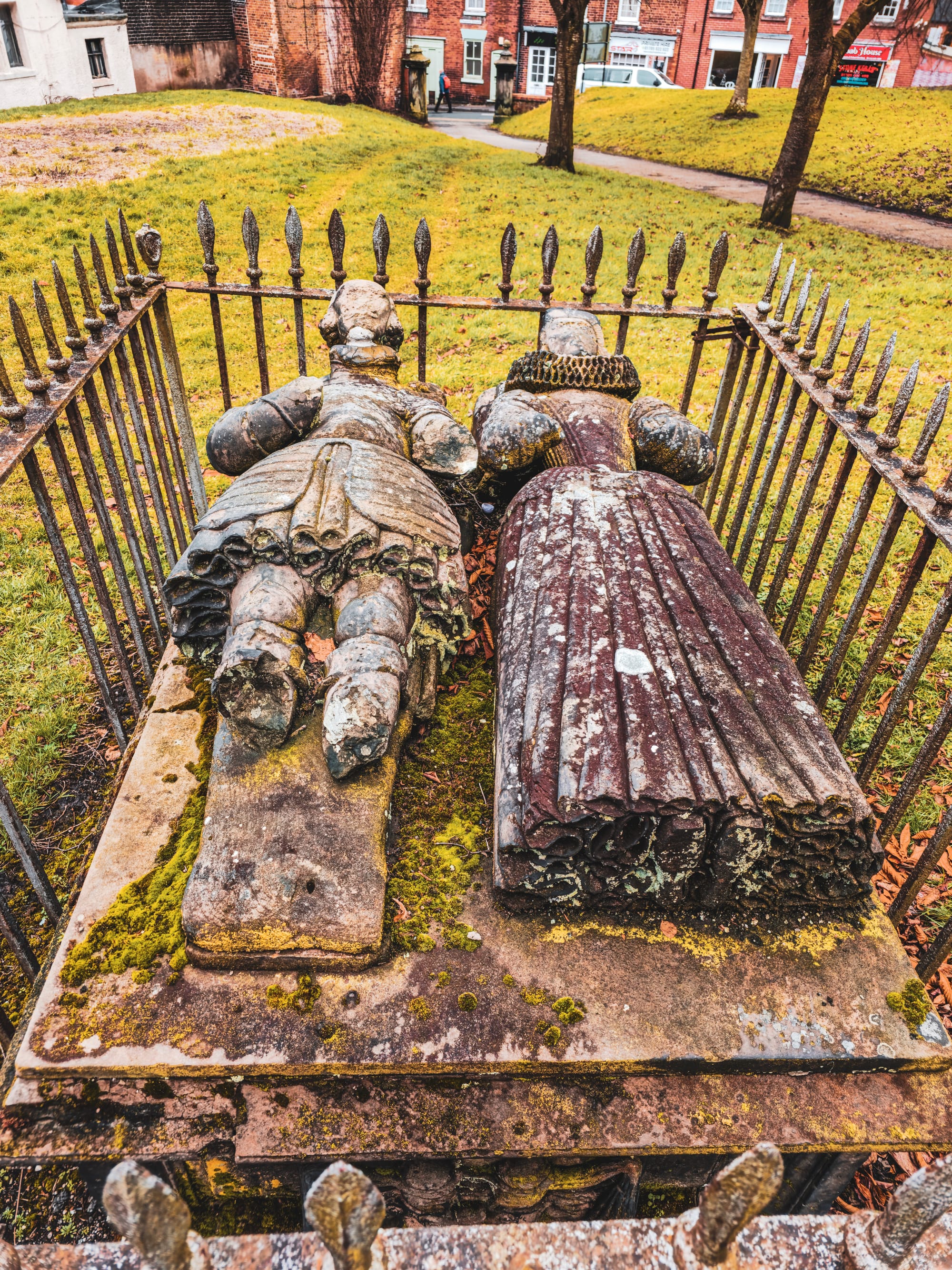
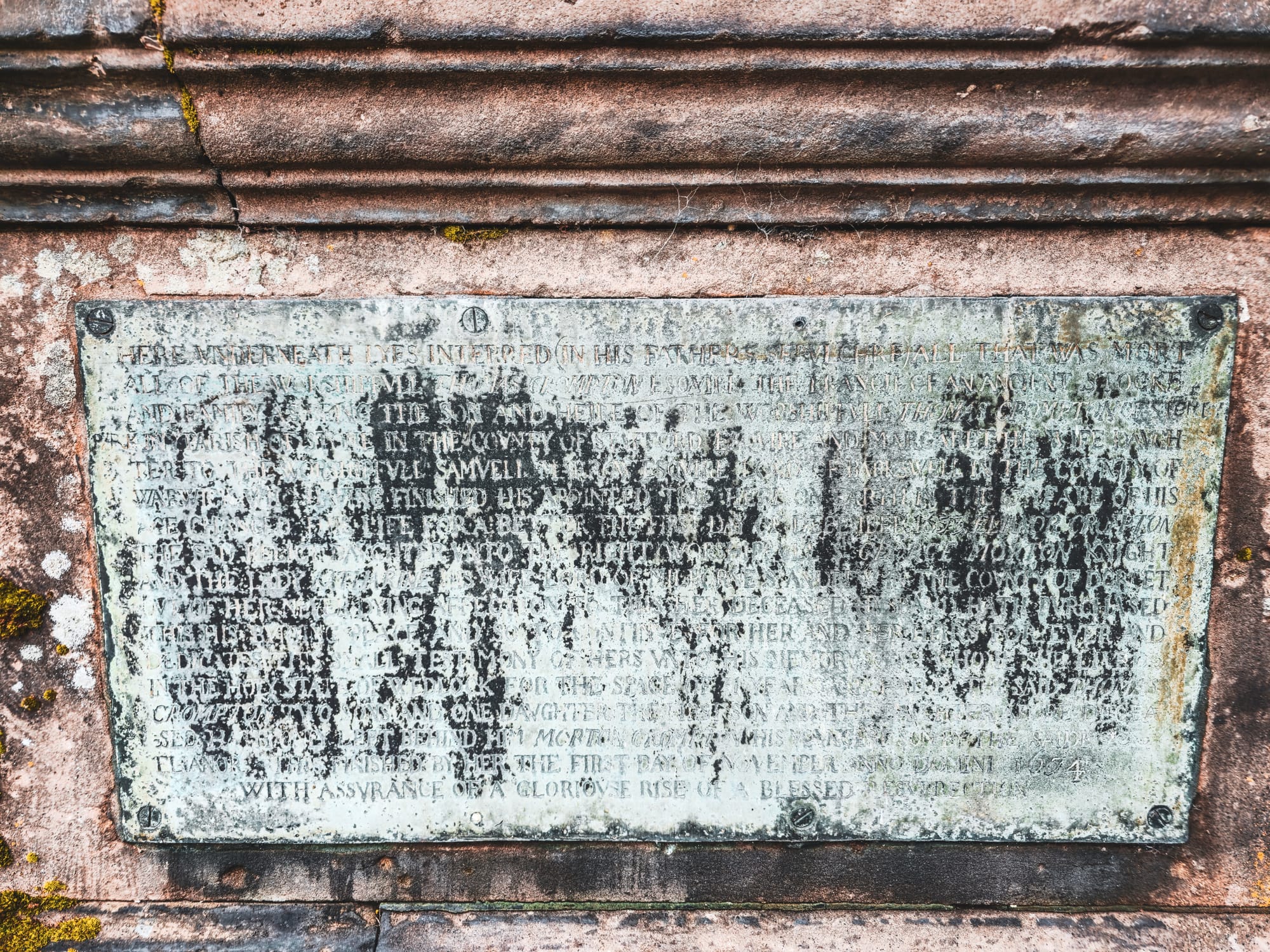
The tomb of William Crompton II and his wife Jane Aston
The Dissolution and Its Aftermath
However, the dissolution of the monasteries under King Henry VIII between 1536 and 1541 brought profound changes to the Priory. Post-dissolution, it was acquired by William I Crompton, a merchant from Stafford who had made his fortune in London. In 1597, his son, William Crompton II. served as the Sheriff of the County and later as Justice of the Peace until 1603. He was married to Jane, daughter of Sir Walter Aston of Tixall, and together they had 14 children. Their tomb suffered damage due to the collapse of the old church's south aisle. The effigies of William Crompton II and Jane Aston are still visible in the churchyard of St Michael and St Wulfad. The rebuilding of the church at a different location led to their grave, originally inside the medieval church's chancel, being exposed outdoors.
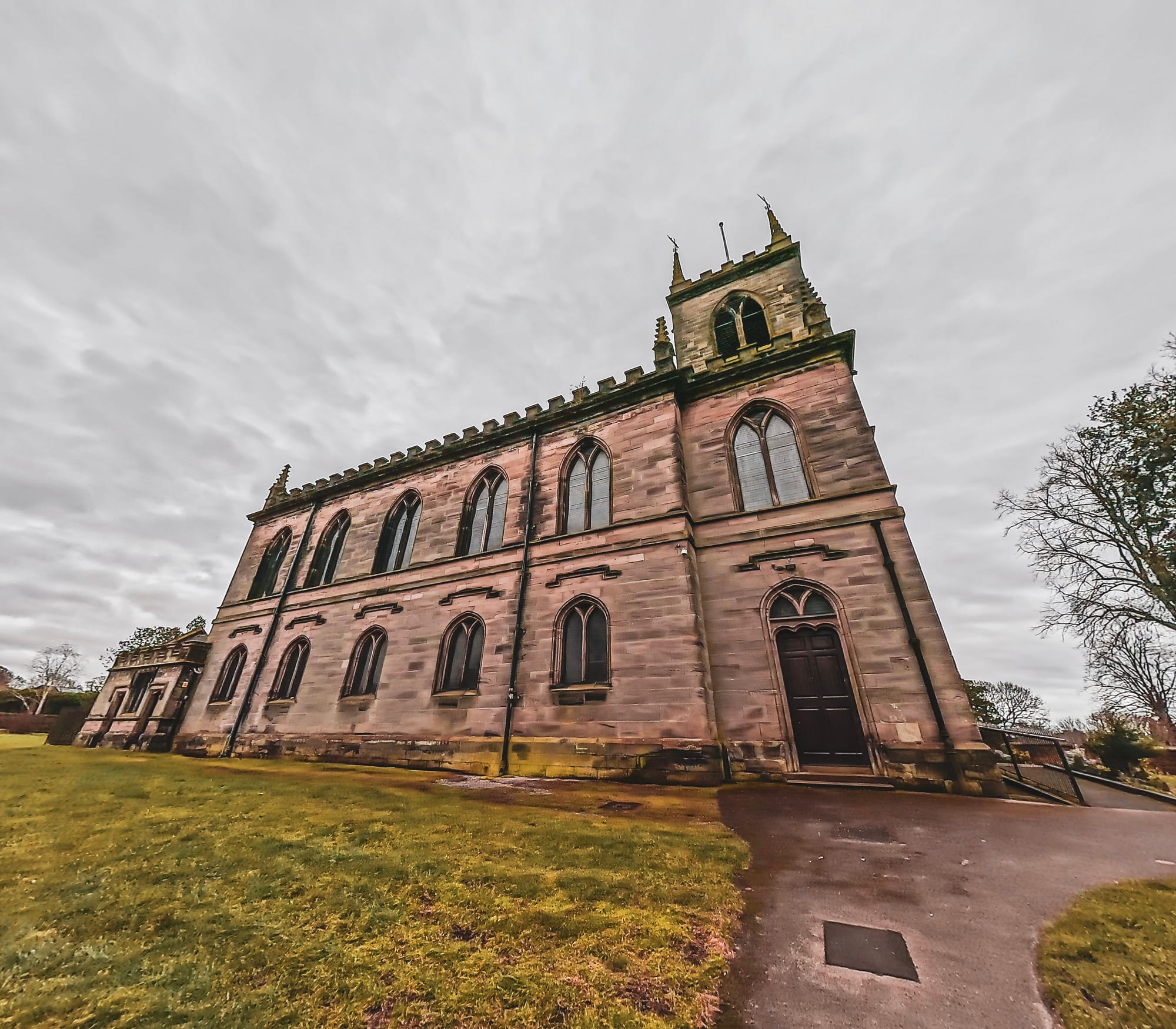
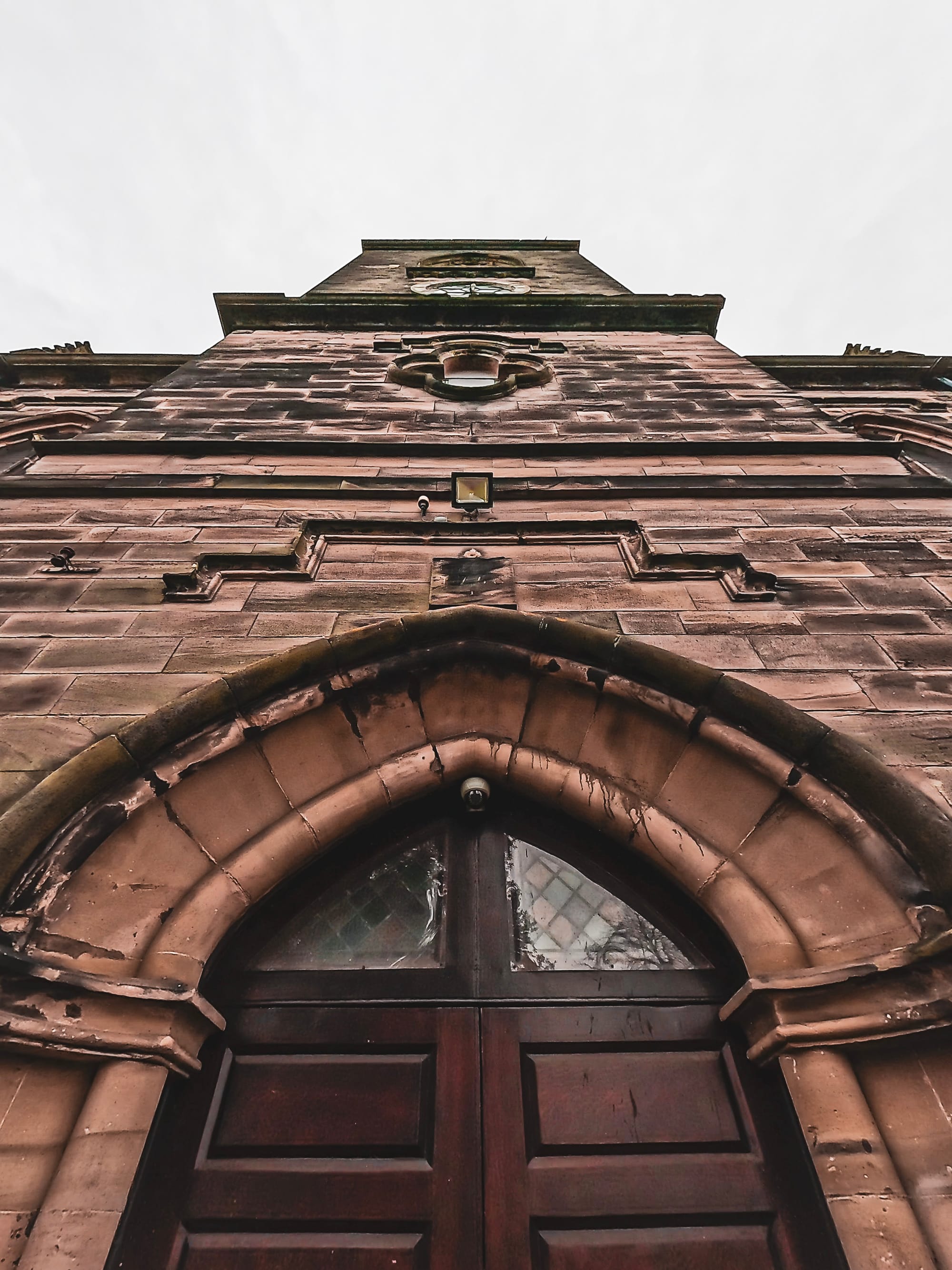
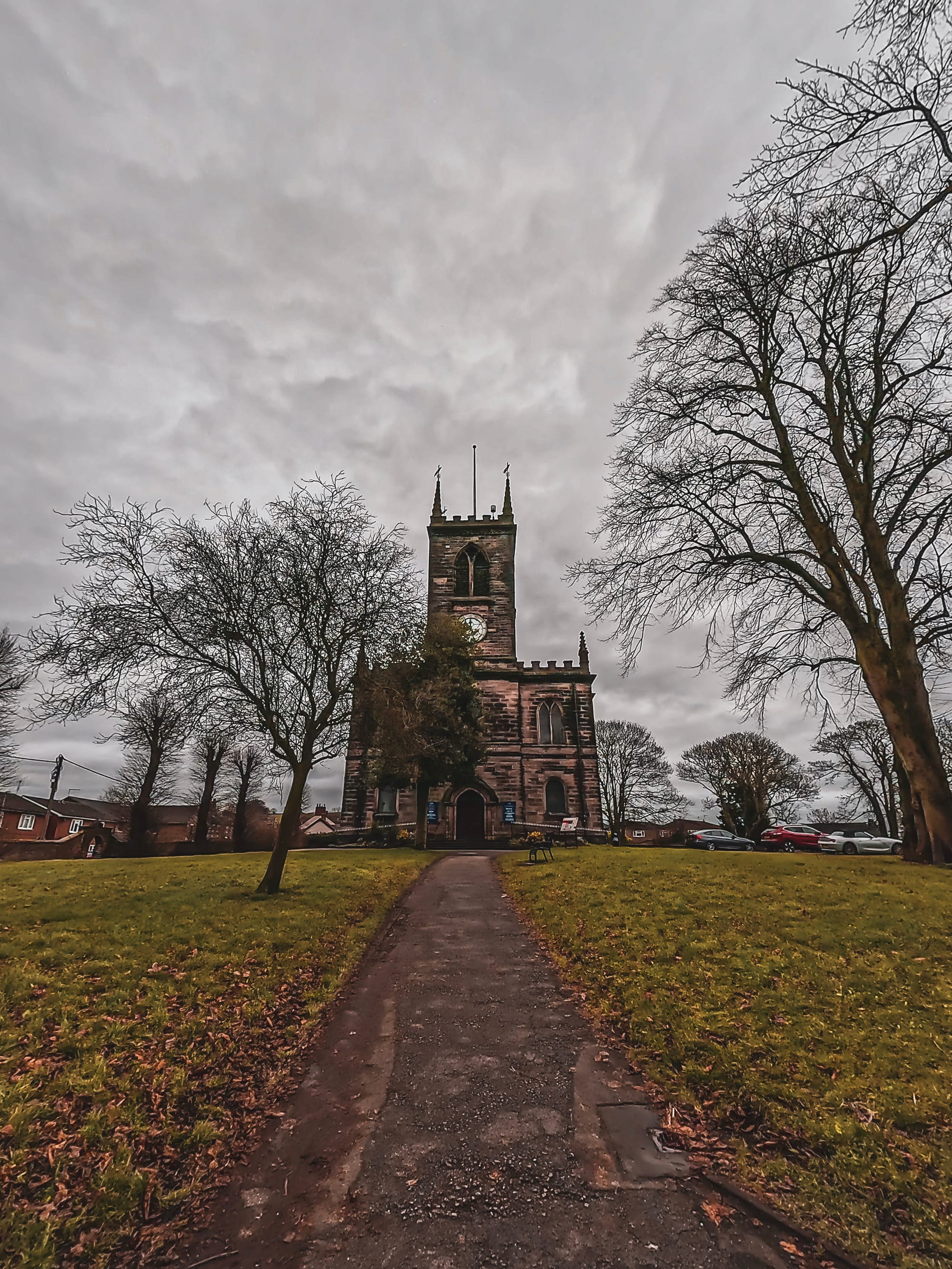
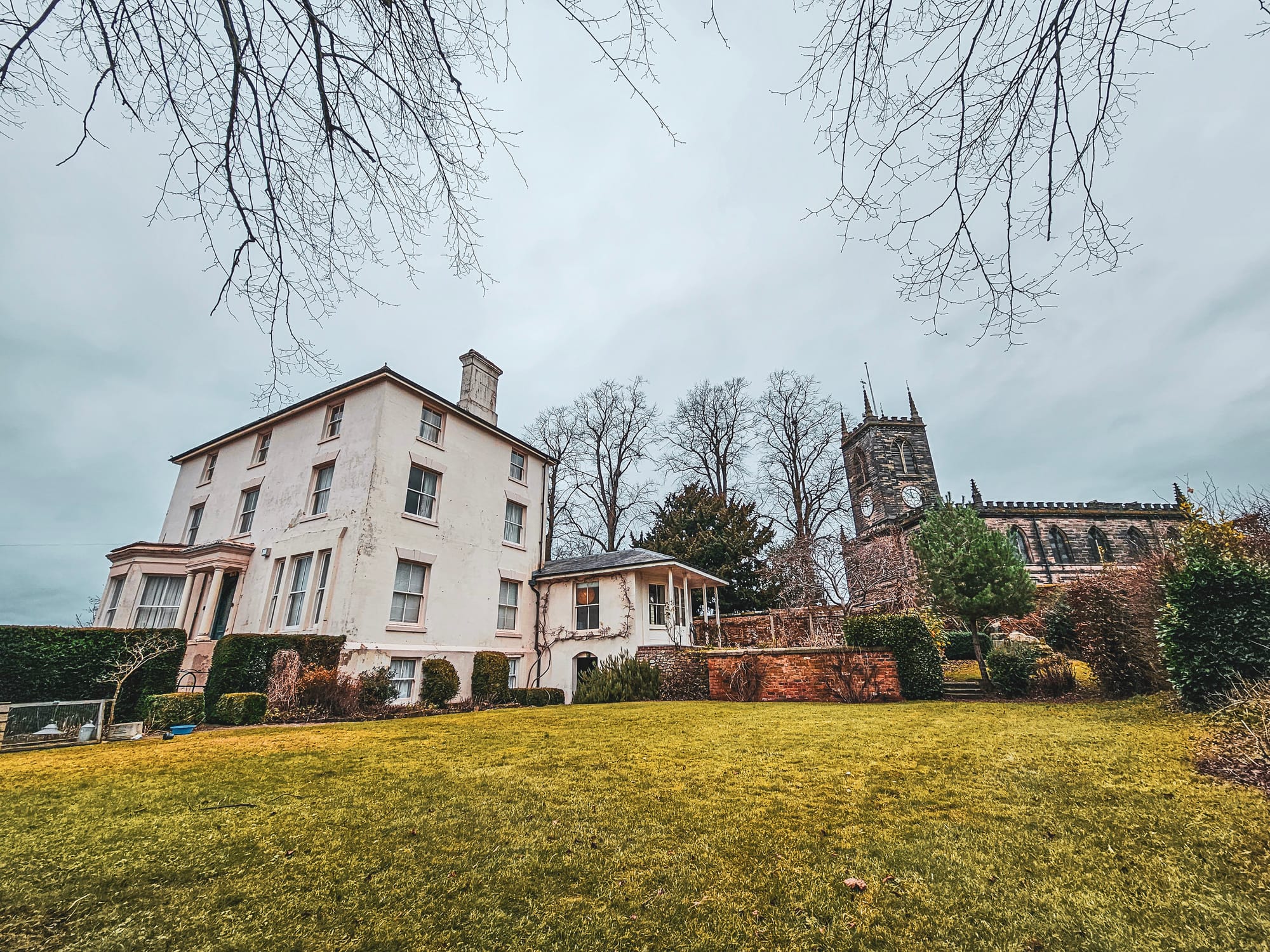
Architectural Evolution and Church Reconstruction
The church registers record the event on December 31st, 1749, at 12:45 am when the arch and pillars of the dilapidated medieval church collapsed, rendering the steeple unsafe. Consequently, the steeple was removed, and the bells were stored, except for one which was hung in a tree. On their site, the Church of St Michael and St Wulfad on Lichfield Street was built in the 1750s and completed in 1758. Designed by William Robinson of Greenwich and constructed by Charles Cope Trubshaw, this Georgian Gothic Revival church incorporated much of the original stone from the Priory.
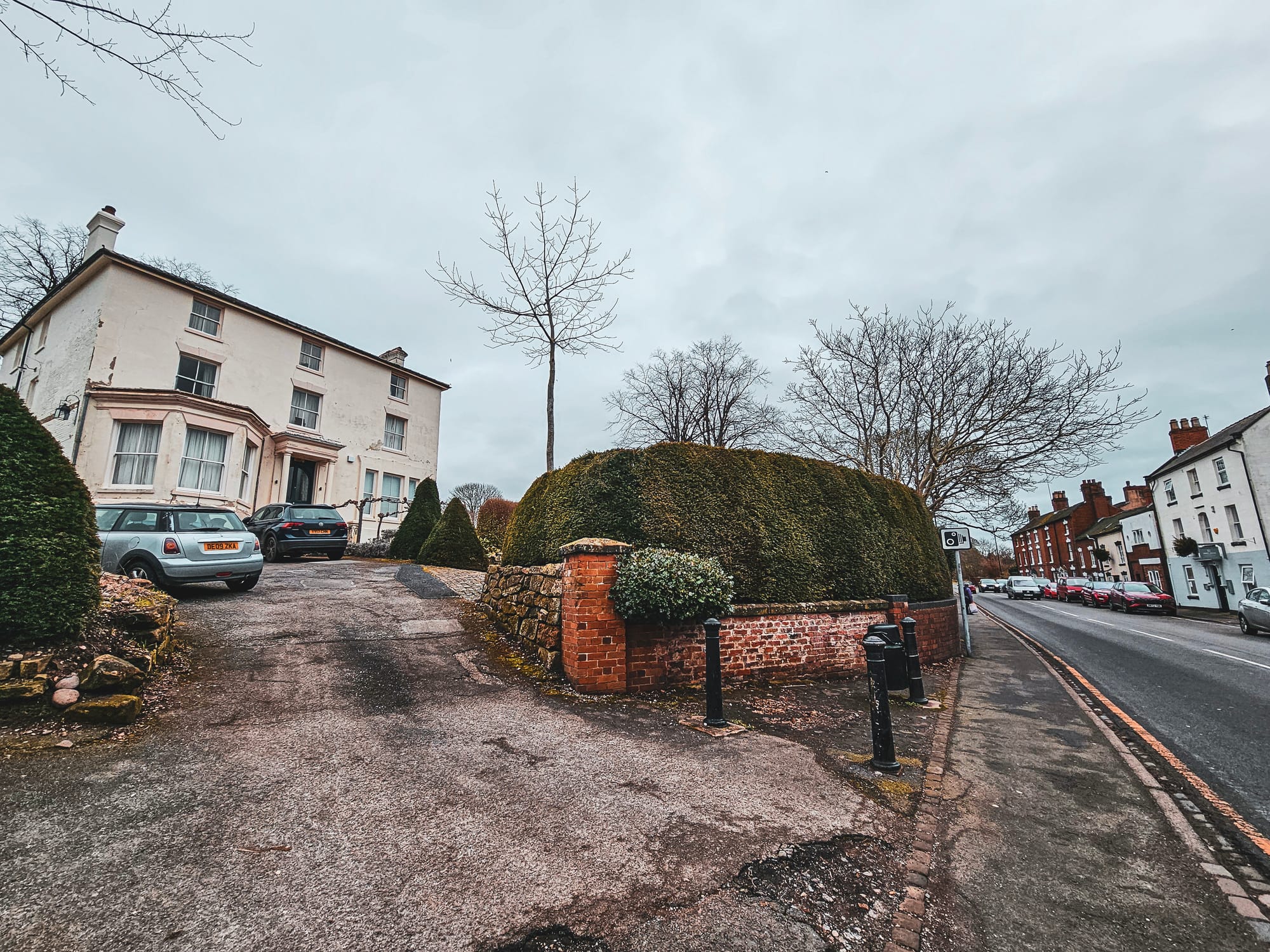
The Surviving Medieval Undercroft
Parts of the Priory still survive, including a 13th-century sub-vault in the cellars of The Priory, a large Georgian house located at 8 Lichfield Street in Stone, Staffordshire. It is now a private house of significant architectural and historical interest, dating back to the early mid-18th century with alterations and additions from the early 19th century. It was probably built as a rectory to the church.
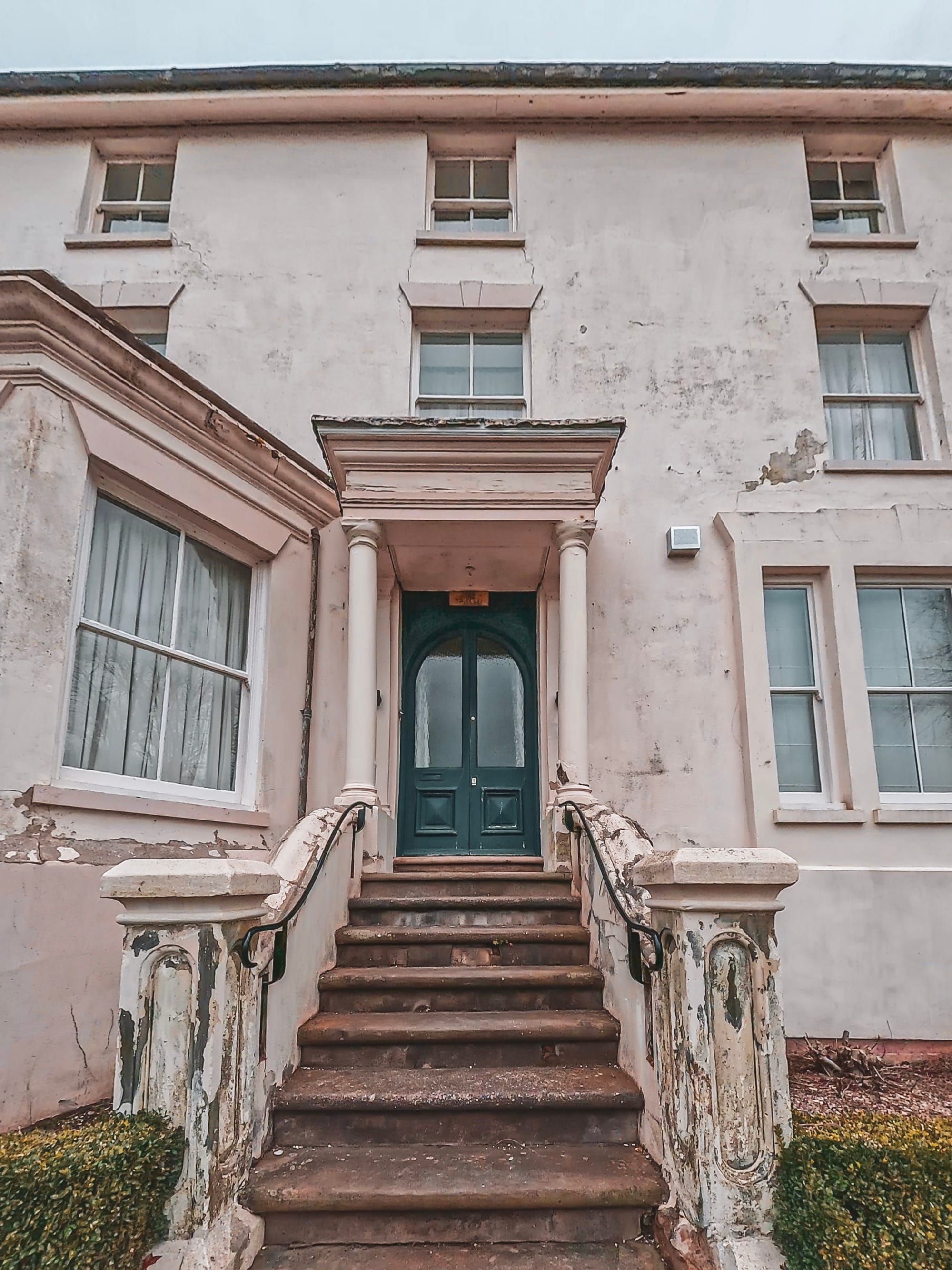
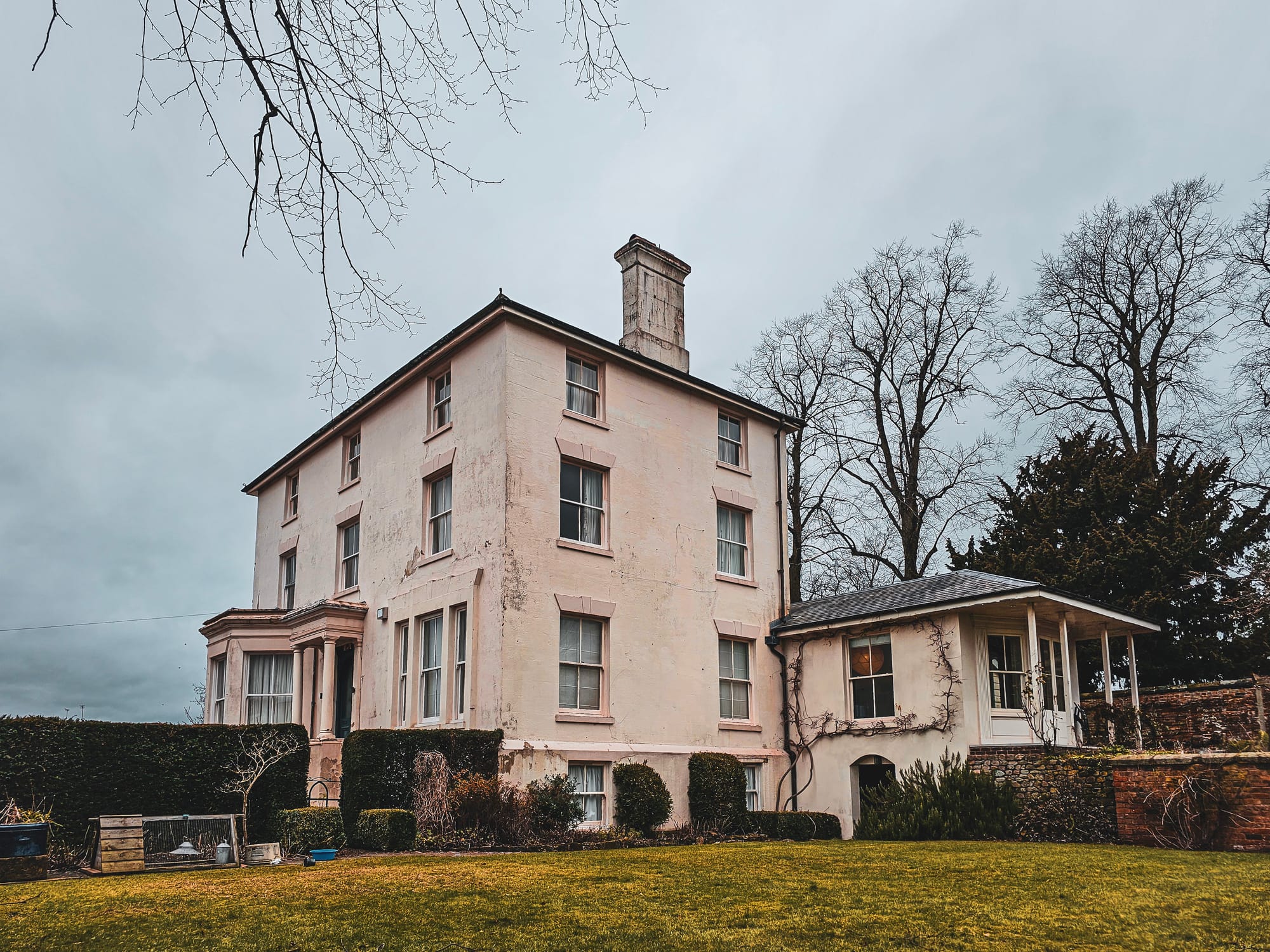
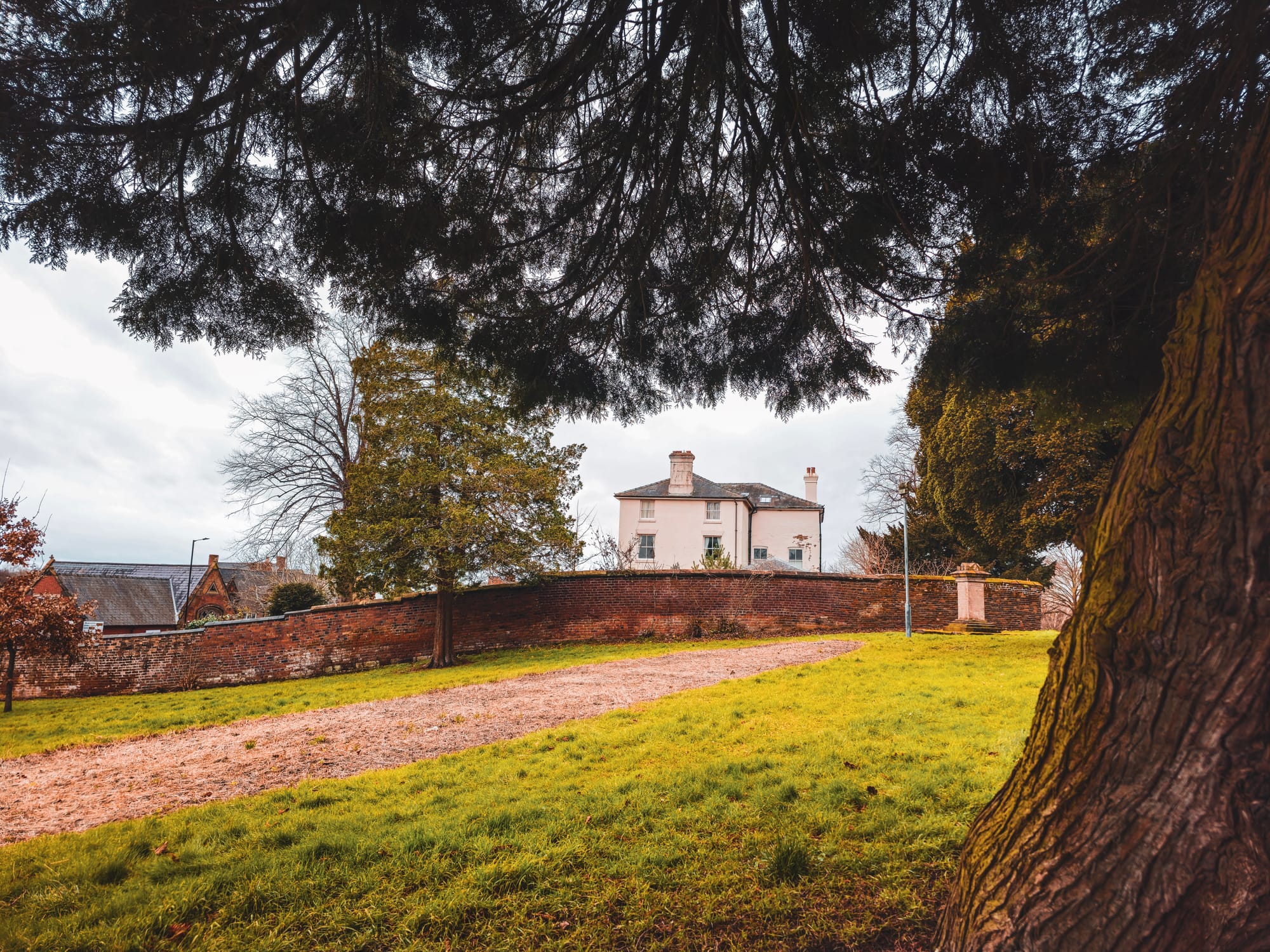
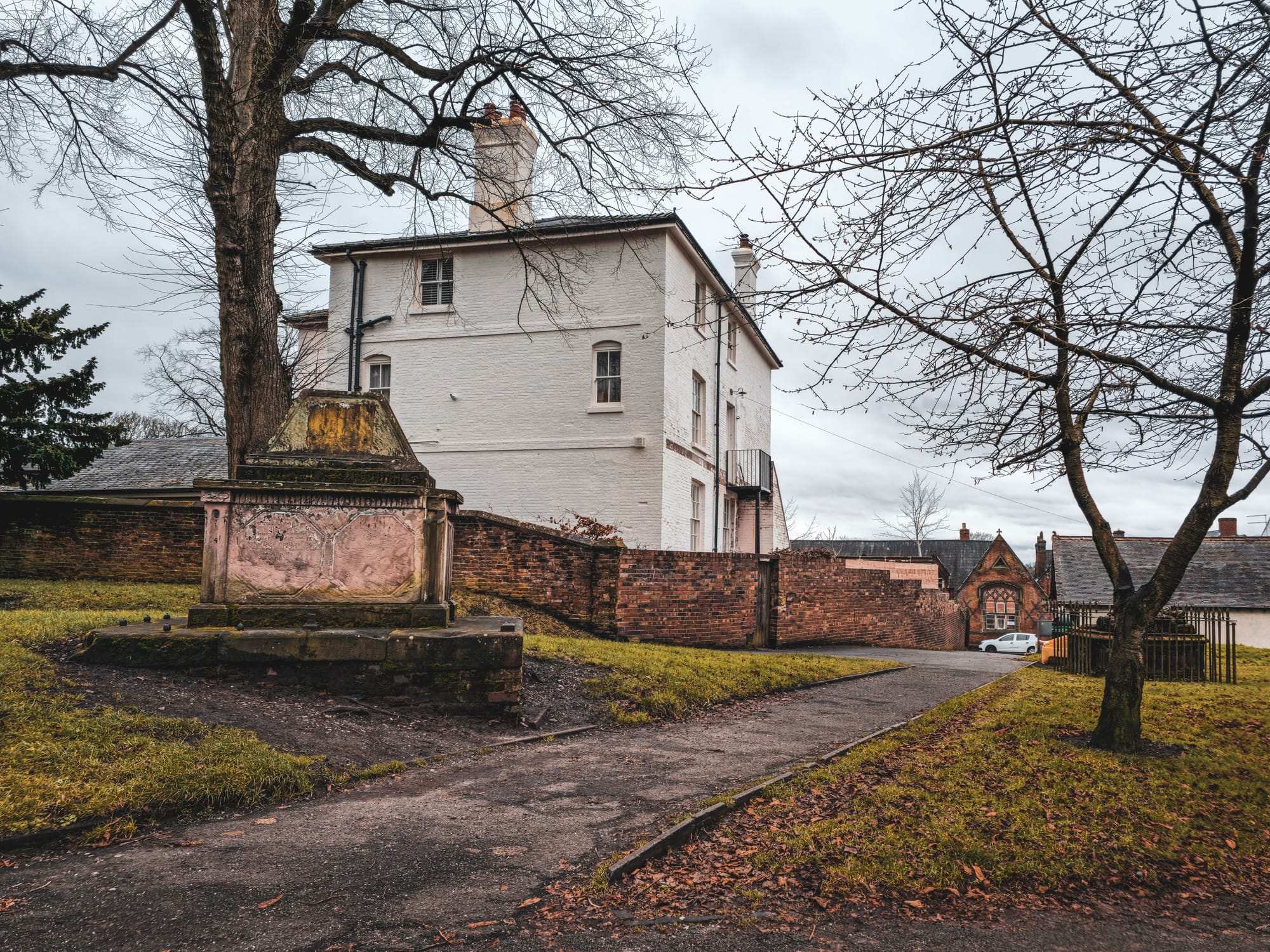
This Grade II listed building incorporates a medieval undercroft from the 13th or 14th century, which is believed to be a part of the original Stone Priory. The house, constructed of stuccoed brick with timber-framed internal walls, features a hipped roof and a distinctive L-plan design. The interior includes exposed coursed squared stone and square-framed internal walls with 18th-century brick infill.









Notably, the cellar houses two bays and two half-bays of the medieval rib vaulted undercroft, a fascinating remnant of the ancient monastery. The vaults are a remnant of the medieval priory, which underwent various phases of construction and expansion over the centuries. The 13th century was a period of significant architectural development in England, characterized by the Gothic style, which often included features such as pointed arches, ribbed vaults, and flying buttresses. These architectural elements were not just aesthetically pleasing but also allowed for larger windows and higher ceilings, creating more light-filled and expansive interior spaces. There is a wall that is a later addition and possibly would have led into a further extension which would have been a crypt. They might have served various purposes, such as storage spaces or as part of the monastic infrastructure.









The survival of these vaults is particularly noteworthy because many monastic buildings were destroyed or significantly altered during the Dissolution of the Monasteries in the 16th century. Today, these vaults are valuable for understanding the layout and construction techniques of medieval monasteries. They also provide insights into the daily life and operations of a monastic community. The presence of such a historical structure beneath a modern property is a vivid reminder of the layers of history that exist in many English towns.
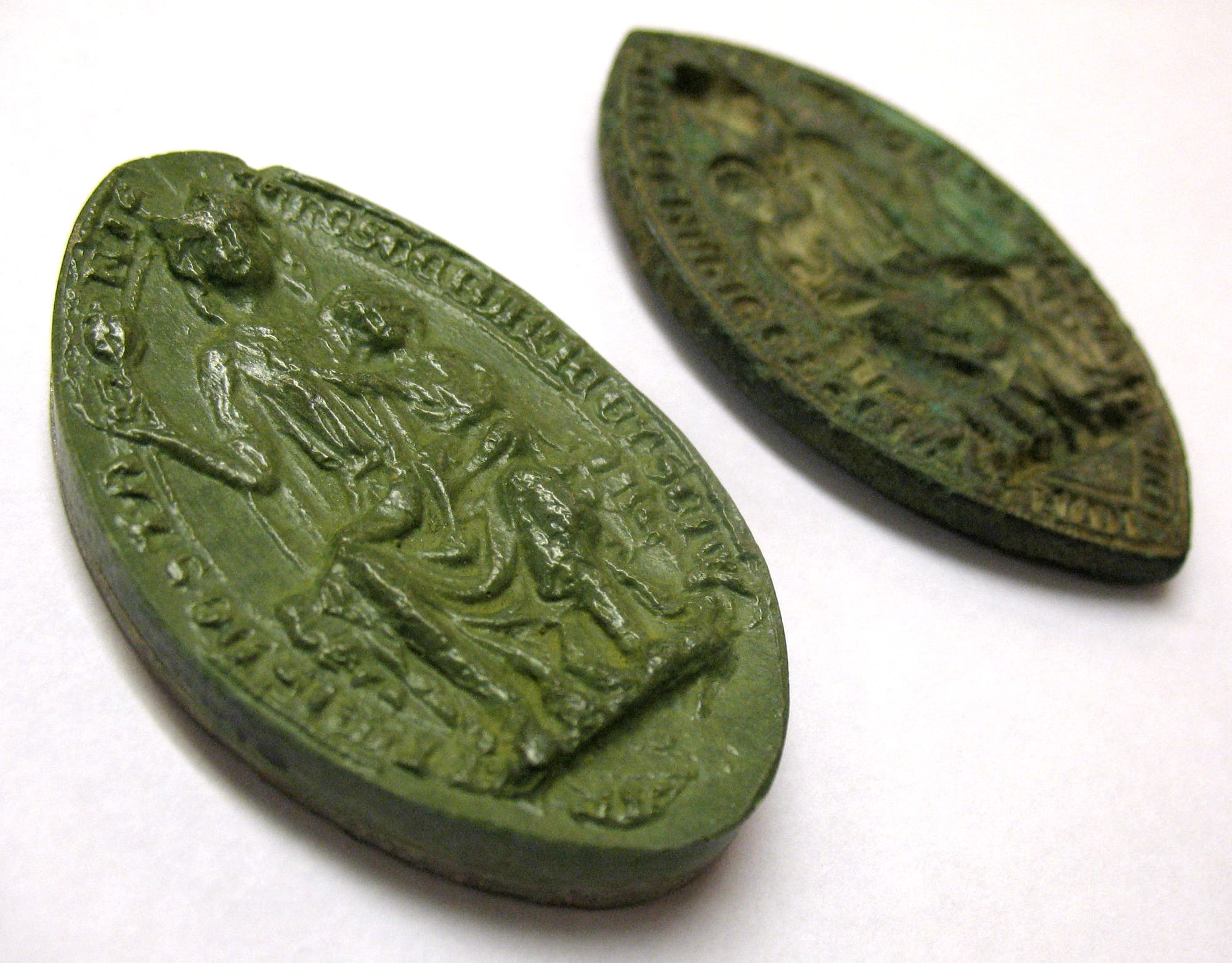
Rediscovering the Past: The Seal of Stone Priory
On August 22nd, 2011, metal detectorists Tony and Veronica Burk made a remarkable discovery that was unearthed near Cobham, Surrey. A 13th-century bronze seal matrix, once belonging to the Prior of Stone Priory. This ecclesiastically significant object, shaped like an almond, portrays the Virgin Mary holding a palm frond, with the infant Christ seated on her knee. Encircled by a Latin inscription, this artefact signifies the church of Saint Mary and Saint Wulfad, Martyr, of Stone. Its historical value was acknowledged on "Britain’s Secret Treasures," ranking as the 17th top find in the UK. Subsequently, the Stone community, through dedicated fundraising efforts, ensured its return and display in Stone, celebrating this link to their medieval heritage. The seal's importance lies in its remarkable state of preservation, a rare attribute since most seals from priories were either clipped or scored through upon the closure of the monasteries. This particular seal, having been taken before Stone Priory's closure and likely buried before the dissolution in Surrey, escaped such damage, thereby remaining intact. This makes it a unique and invaluable artefact for understanding the history and practices of the priory.
Today, Stone Priory, with its blend of religious devotion, political upheaval, and local folklore, remains a captivating chapter in Staffordshire's heritage. It continues to draw the interest of historians, archaeologists, and visitors, with its legacy echoing through the annals of English history, though its physical form is mostly in ruins.
Thank you for reading!
If you like what you have read, please feel free to support me by following and signing up for my newsletter and/or buying me a coffee!

If you love our local history, don't forget to follow me, check out more of my videos and my website http://www.theredhairedstokie.co.uk
You can now also join my Patreon - www.patreon.com/TheRedHairedStokie
Check out my recommended reading list






